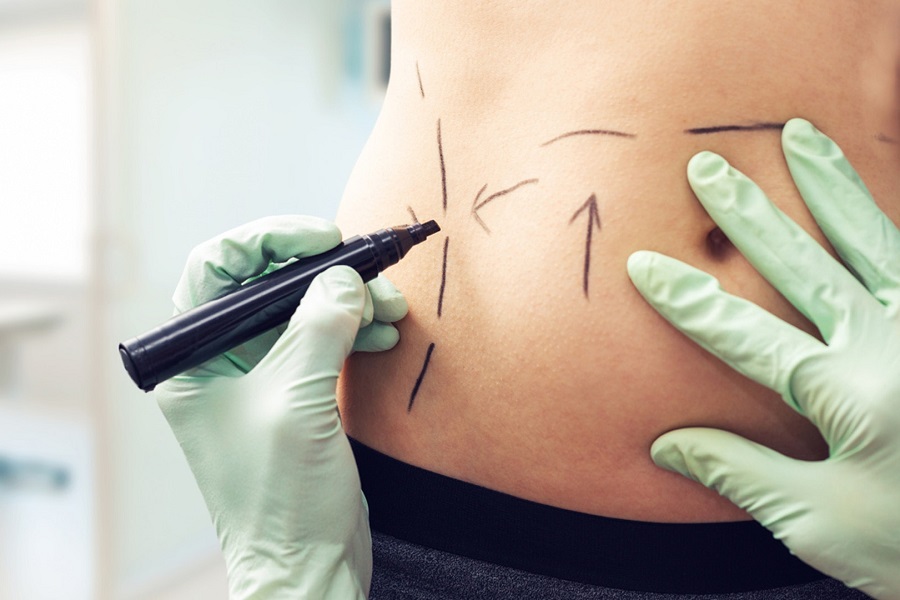1), check. The recipient should have a physical examination on the day of the operation. The necessary examinations include blood, urine, electrocardiogram, liver function, etc. After checking and confirming that the patient is healthy, the operation can be performed.
2), determine the location. According to the designed plan, the plastic surgeon draws a “contour map line” on the subject’s back to be fat-removed. Determine the area that needs liposuction and the amount of liposuction that needs to be extracted.
3), anesthesia. The doctor injects a hypotonic “tumor anesthesia” compound infiltrate that has analgesic effect and is conducive to fat volume expansion at the suction site of the recipient. The patient is clearly conscious and will not feel much pain during the operation.
4), suction. Make a 1cm incision at the suction site, insert the tip of the ultrasonic degreasing apparatus through the small incision, and twitch the tip repeatedly in multiple directions to rupture the fat cells. Finally, the fat granules are sucked out with a catheter, and the operation is completed, and the recipient basically feels no pain. The anesthesia technique used in back liposuction is local tumescent anesthesia (referred to as swelling technique, swelling technique is a technique with good anesthesia effect, large suction volume, light injury, less bleeding, and safe operation). Physiological saline is injected into the part that needs liposuction, and the injection volume and injection method should be controlled according to the thickness of the fat to be absorbed. The focus of back liposuction is often on the sides, that is, the part where it meets the underarms.


